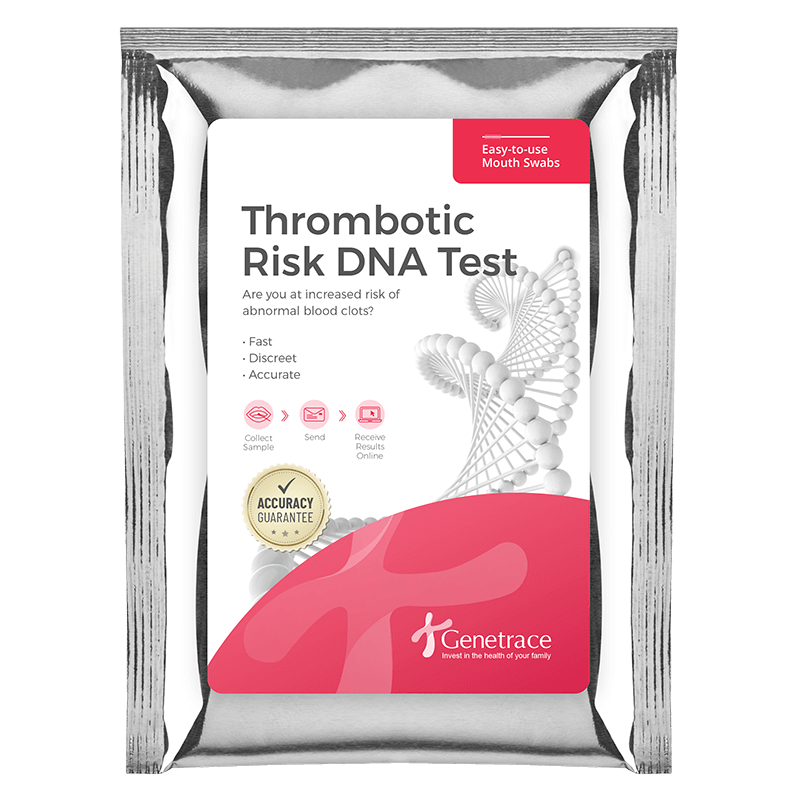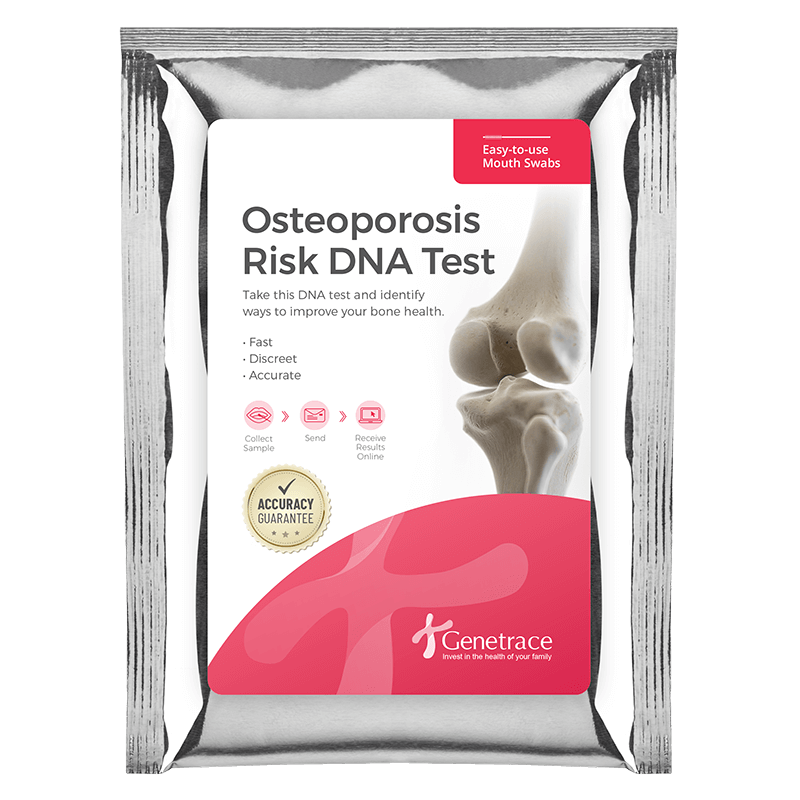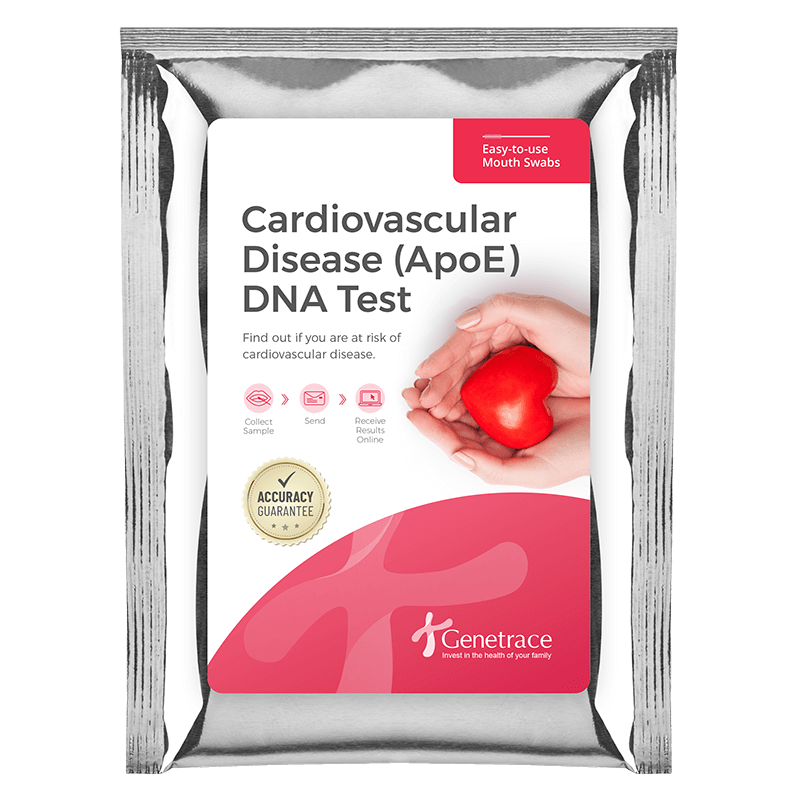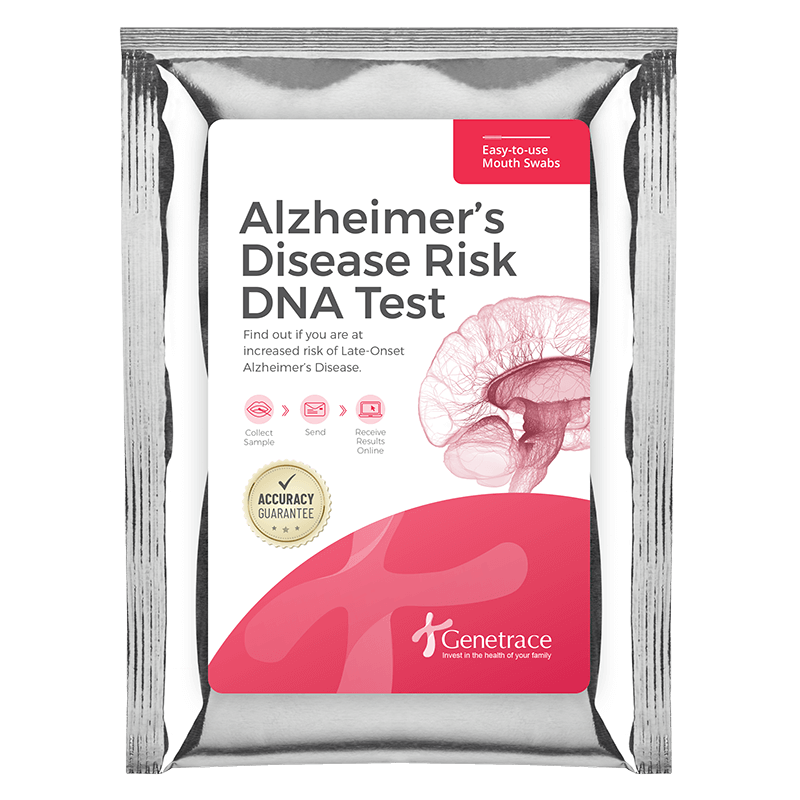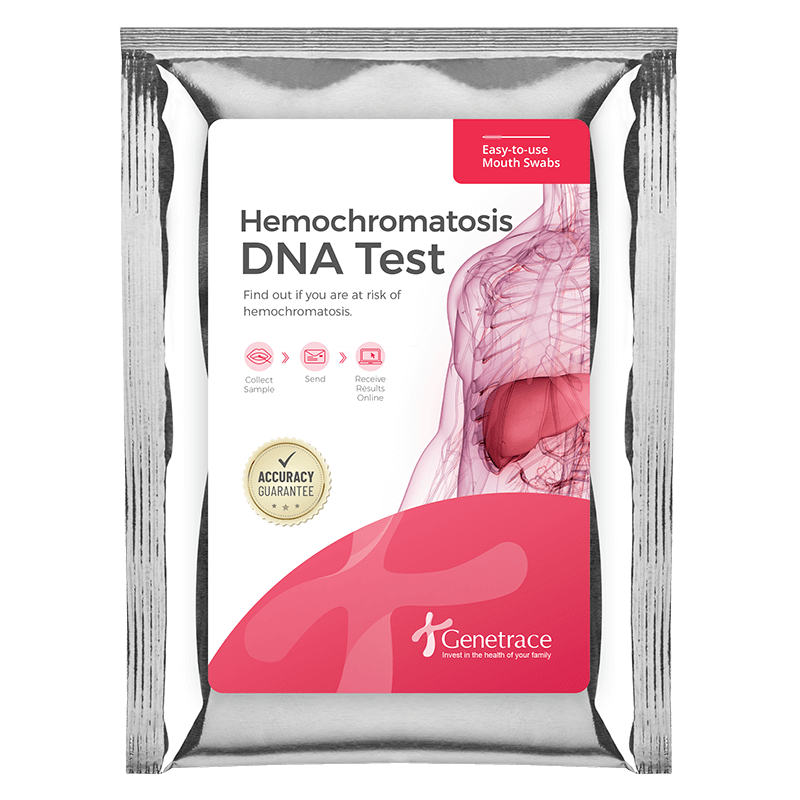Kit includes all lab fees and free return shipping to the lab.
Receive secure, confidential results through your online dashboard.
All tests performed in our AABB, ISO 17025 & CLIA accredited laboratory.
Thrombosis is a condition that occurs when a blood clot forms in a blood vessel, blocking the flow of blood. This can happen in veins or arteries but is more common in veins. There are two main types of thrombosis: deep vein thrombosis (DVT) and pulmonary embolism (PE).
DVT typically occurs in the legs and can cause pain, swelling, and redness. If left untreated, it can lead to complications such as post-thrombotic syndrome (chronic pain and swelling).
PE occurs when a blood clot that forms in a vein, usually in the legs, breaks off and travels to the lungs. This can cause chest pain, shortness of breath, and rapid breathing. PE can be life-threatening if not treated promptly.
Thrombosis can be caused by a variety of factors, including injury to a blood vessel, prolonged immobility, certain medical conditions such as cancer, pregnancy, and certain medications like hormonal contraceptives. Some individuals are genetically susceptible to thrombosis. Uncover if you are at risk of thrombosis with this DNA test.
What is measured
This test detects variants in three genes associated with an increased risk of thrombosis.
- The Factor V Leiden mutation (1691G>A)
- The prothrombin mutation (20210G>A)
- Two mutations in MTHFR (677C>T and 1298A>C)
Common risk factors that increase the likelihood of developing thrombosis include:
Genetics: Some people have a genetic predisposition to thrombosis, meaning that they have a higher risk of developing blood clots due to inherited genetic mutations
- Age: The risk of thrombosis increases as we get older
- Immobility: Prolonged immobility, such as being bedridden or sitting for long periods of time, can slow blood flow and increase the risk of blood clots
- Obesity
- Surgery and trauma
- Smoking
Some of these risk factors can be modified to reduce your risk of thrombosis.
Summary
Thrombosis is a condition that occurs when a blood clot forms in a blood vessel, blocking the flow of blood. This can happen in veins or arteries but is more common in veins. There are two main types of thrombosis: deep vein thrombosis (DVT) and pulmonary embolism (PE).
DVT typically occurs in the legs and can cause pain, swelling, and redness. If left untreated, it can lead to complications such as post-thrombotic syndrome (chronic pain and swelling).
PE occurs when a blood clot that forms in a vein, usually in the legs, breaks off and travels to the lungs. This can cause chest pain, shortness of breath, and rapid breathing. PE can be life-threatening if not treated promptly.
Thrombosis can be caused by a variety of factors, including injury to a blood vessel, prolonged immobility, certain medical conditions such as cancer, pregnancy, and certain medications like hormonal contraceptives. Some individuals are genetically susceptible to thrombosis. Uncover if you are at risk of thrombosis with this DNA test.
What's Measured?
What is measured
This test detects variants in three genes associated with an increased risk of thrombosis.
- The Factor V Leiden mutation (1691G>A)
- The prothrombin mutation (20210G>A)
- Two mutations in MTHFR (677C>T and 1298A>C)
Technical Information
Common risk factors that increase the likelihood of developing thrombosis include:
Genetics: Some people have a genetic predisposition to thrombosis, meaning that they have a higher risk of developing blood clots due to inherited genetic mutations
- Age: The risk of thrombosis increases as we get older
- Immobility: Prolonged immobility, such as being bedridden or sitting for long periods of time, can slow blood flow and increase the risk of blood clots
- Obesity
- Surgery and trauma
- Smoking
Some of these risk factors can be modified to reduce your risk of thrombosis.
Explore your DNA Story
Embark on a journey of self-discovery with our at-home DNA tests, powered by cutting-edge science made accessible for all.
Simple Sample Collection
Secure Online Results
Accredited Laboratory
Discreet & Confidential
How it works
Purchase your kit
Collect DNA Sample
Mail samples to the lab
Receive your results
FAQ's
Here are the answers to the most frequently asked questions about this test.

